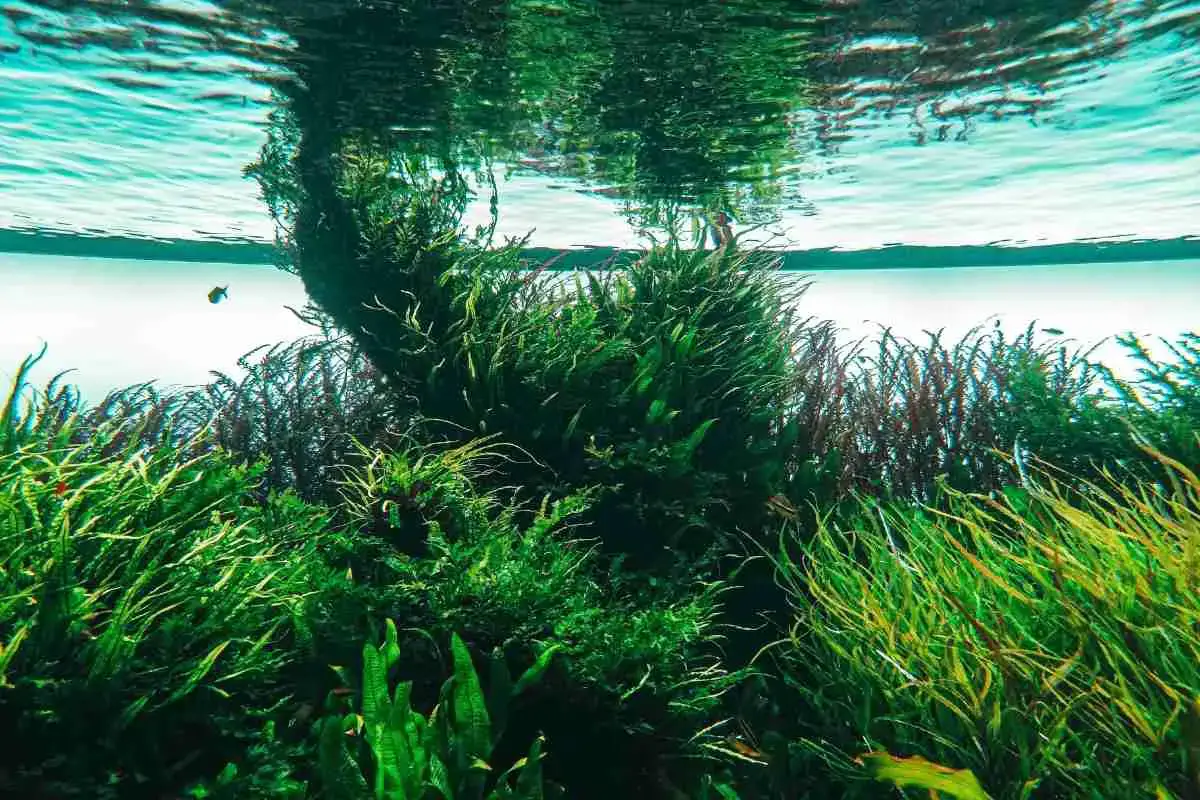
Is Moss Edible? Top 5 Edible Mosses
Read more
What Is The Best Time To Apply Moss Killer To The Lawn?
Read more
Do Moss Balls Have Worms? Is It Normal?
Read more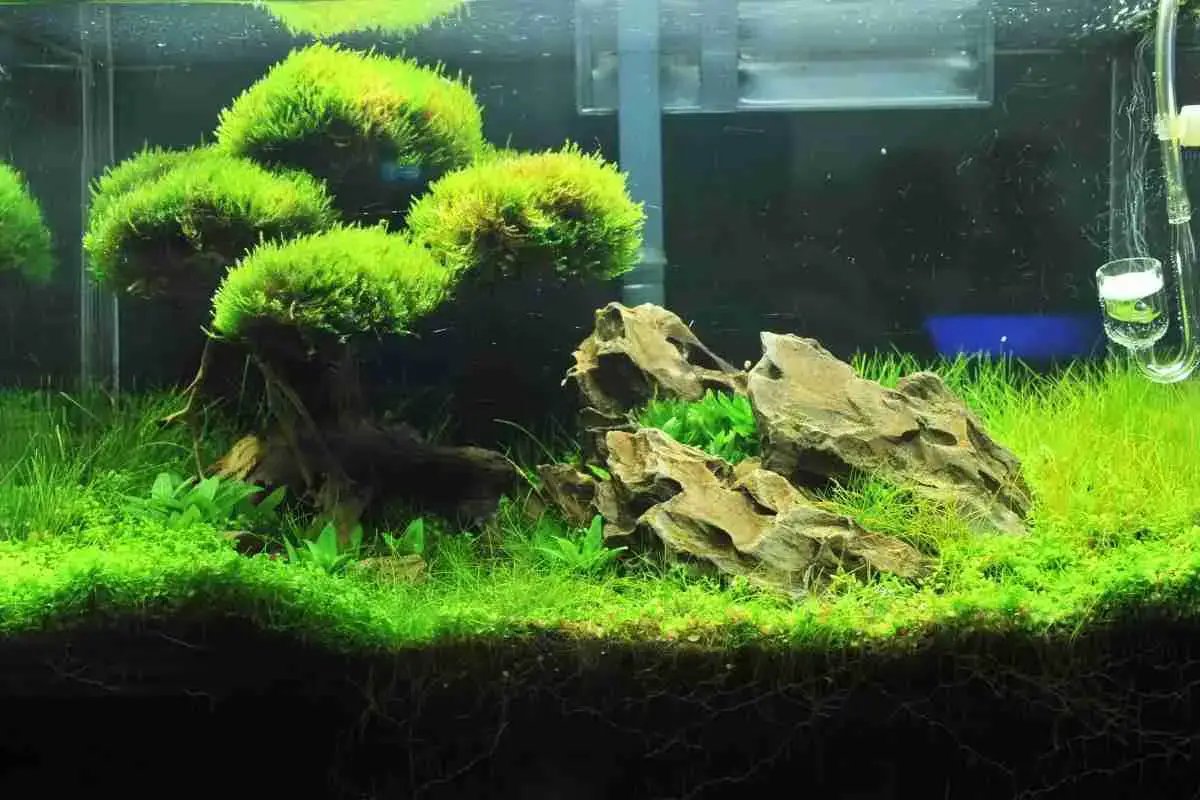
How To Grow Java Moss Carpet On Sand?
Read more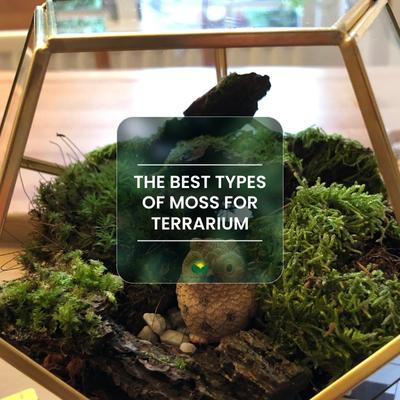
The best types of Moss for Terrarium. How to Choose, Grow and Care
Read more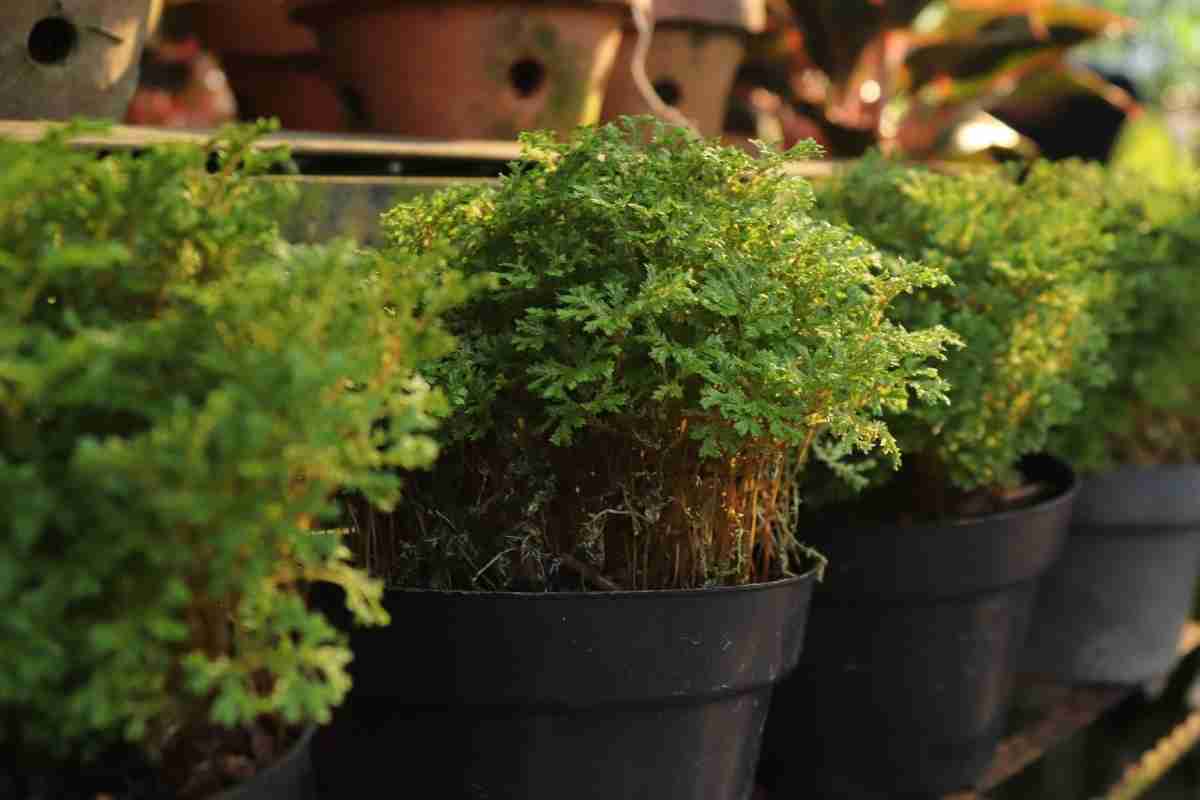
Is Moss Good For Plants? (Indoor & Outdoor Plants)
Read more
Can Moss Grow Underwater? List & Benefits
Read more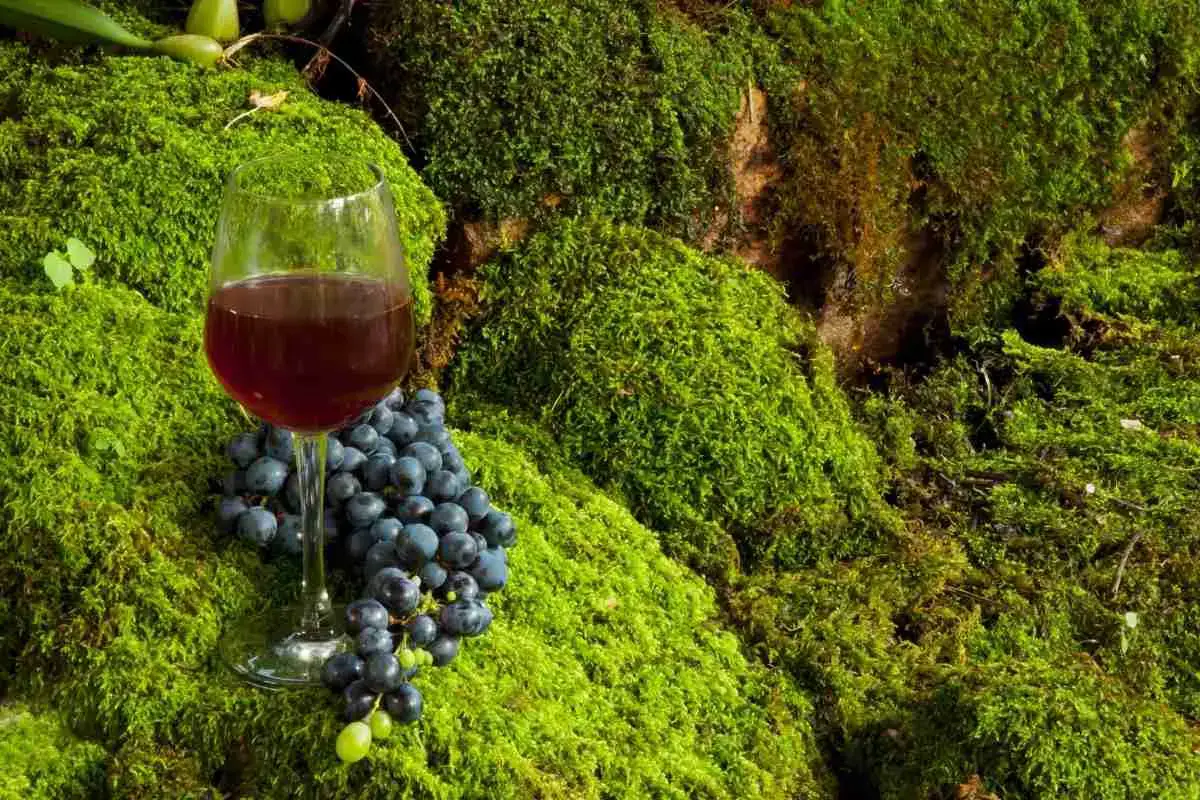
How To Grow Moss On Stone? The Ultimate Guide!
Read more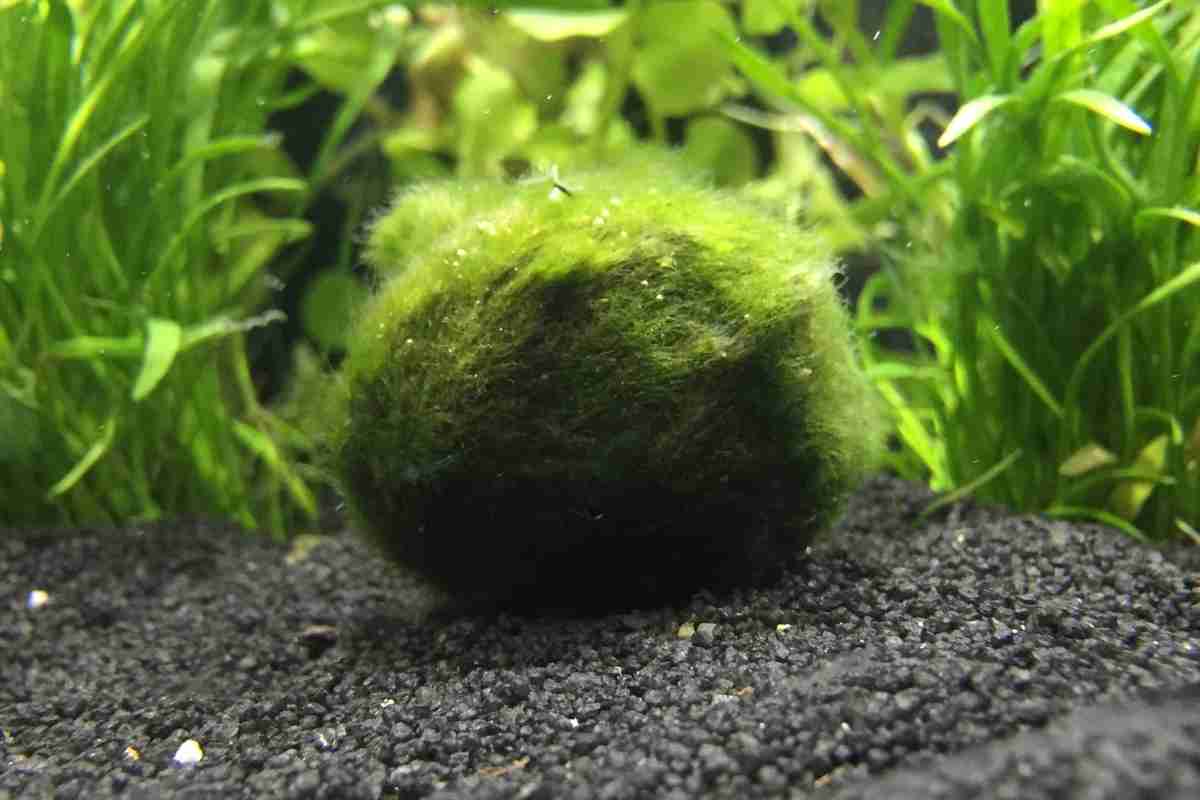
Marimo Moss Balls: Are They Safe?
Read more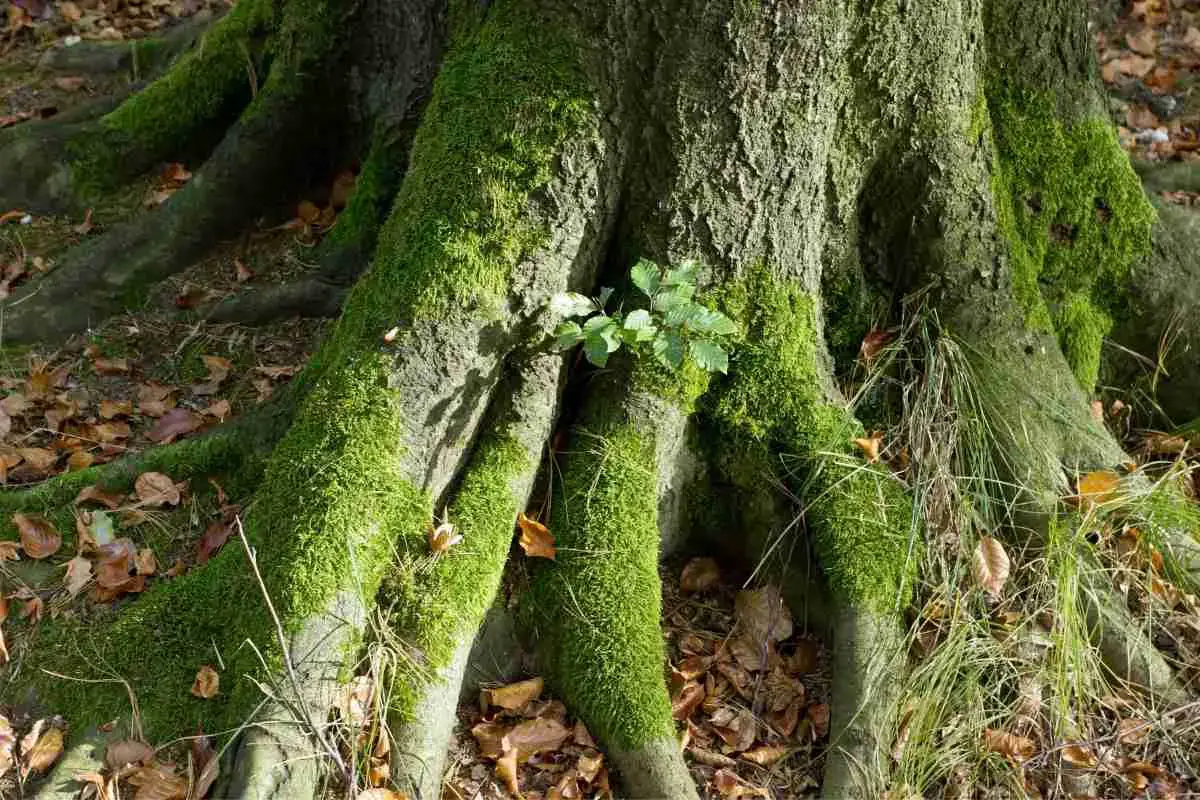
How Does Moss Grow On Trees? And Why?
Read more
Floating Moss Balls: Why Do They Float?
Read more